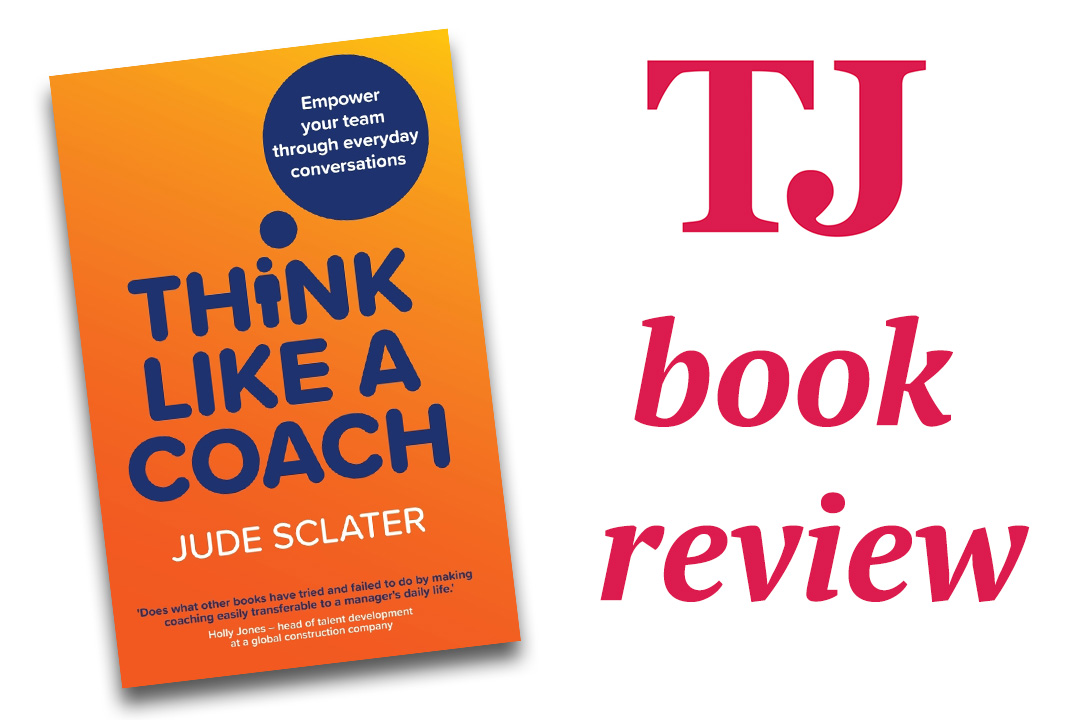Joe Raymond and Karen Turner look at the importance of who you hire and how someone exits a role
A strong leadership team, which typically consists of both executive and managerial roles, forms the backbone of an organisation’s growth and overall value. They are composed of skilled individuals with a wealth of knowledge, a strategic vision, the ability to make sound decisions, effective communication, and mentoring skills.
Executive leaders, such as the Chief Executive, Operational and Finance Officer (CEO, COO, CFO), are responsible for planning for the company’s future, ensuring that strategic goals are achieved, and creating a positive culture. In contrast, managerial roles support the company’s day-to-day functioning. They ensure that teams work toward the company’s goals and that the strategy is effectively carried out.
For small and mid-sized business owners, a high-performing and engaged leadership team is necessary for driving company value, which depends mainly on intangible assets like human capital. A well-designed business strategy is essential to sustainable growth, profit maximization, and long-term success. Similarly, an exit plan is vital to continually enhance business value. Maximize your company’s value by aligning with key value drivers and strategic planning, ensuring a more valuable exit when the time comes.
Are your talent strategies aligned with your business strategy and exit plans?
You have spent quality time developing your business strategy. Do you have the right people in the right roles? Do you understand what types of leaders you need for a high-performing team? If your answer is no, or you’re unsure, you are not alone.
Many organisations do not have a framework established to consistently link their talent strategies with their business strategies. Putting in the effort and implementing a consistent and structured approach will drive better outcomes and a competitive advantage.
These tips can help you improve your hiring process and create high-performing leadership teams aligned with your goals.
Defining the role and crafting the ideal candidate profile
An effective hiring process starts with clearly understanding your organisation’s strategic goals. After that, you should create an ideal candidate profile by gathering feedback from key stakeholders, such as the hiring manager, team members who are familiar with the role, and perhaps a high-performing individual who previously held the position.
The aim is to understand how the role fits into the organisation and the value it delivers. You should also define the skills, competencies, and behavioural traits necessary for success in the position. Ask questions to help you distinguish between the absolute “must-have” and “nice-to-have” candidate criteria.
Behavioural assessment tools can help ensure job fit, predict on-the-job success, and strengthen your hiring process. Job assessments provide data for objectively evaluating candidates based on their behavioural traits and insights gleaned from behavioural assessment results. By leveraging science-backed data, you can make better-informed hiring decisions and build a stronger, more effective team.
Crafting candidate-centric marketing messages
When you clearly understand the required skills and behaviours for the leadership role, it’s time to create persuasive outreach messages and talking points that align with the unique job profile. For example, if the ideal candidate should possess people-oriented, proactive, and risk-friendly traits, consider including the following phrases in your message:
- “Thrive in a fast-paced environment”
- “Leadership development plan for skill enhancement and career progression”
- “Opportunity to lead and grow the department”
- “Rewards and incentives for performance results”
When messaging, it’s vital to emphasise your employer value proposition (EVP) as well as the reasons a potential employee should choose your company over a competitor’s. Include company culture, career growth opportunities, compensation and benefits, and other unique differentiators most compelling to candidates.
Focused outreach and persuasive promotion
Once your messaging is clear, the next step is to create a focused, research-based strategy to identify and pursue the best-fit candidates. As you reach out to identified candidates, personalize your message to prospective candidates using characteristics and behaviours from the job profile and company EVP to align with their interests.
To identify and attract candidates, use multiple channels, such as employee referrals, personal and professional networks, online forums, and social media platforms. Targeted job boards and industry associations can also be valuable.
Creating an effective candidate interview and evaluation process
Developing a well-structured interview process is essential for objectively assessing candidates and promoting a positive experience. The first step is to create interview questions that evaluate the candidate’s competencies and behaviours required for the role.
Next, determine the interview team, the type of interview, and the total number of interviews needed. It is best to use a well-rounded approach, which includes situational, behavioural, and conversational questions. Insights from assessments can identify caution areas or confirm alignment with the role.
Using a standardised interview scorecard to evaluate candidates consistently and objectively and remove bias is vital to the overall hiring process. The scorecard should include required job competencies, technical skills, and behavioural attributes.
Fostering engagement and sustaining your leadership team
After hiring the right person for the job, it is important to keep them motivated and engaged to maintain their high performance. As an executive leader, you should understand what motivates your leadership team members and their career goals so that you can build a trusting and transparent relationship with them.
Implementing retention strategies customised for the leadership team and individual team members is essential. A qualified and motivated workforce leads to better performance, less turnover, and a competitive advantage.
Sustainable growth, exit planning, and strong leadership drive value
To maximise the value of a company, owners must look beyond short-term growth. Sustainable growth is the key to long-term success. A strong leadership team aligned with the organisation’s strategic goals is essential. Having an exit plan is key as it serves as a roadmap for preserving and enhancing business value — whether the exit is near-term or long-term.
Companies can ensure that their strategic planning pays off today and in the future by focusing on sustainable growth, maximizing returns, and critical value drivers. Consider hiring consultants with the right knowledge, experience, and perspectives to help get you there.
Joe Raymond and Karen Turner, Managing Partner and Principal of RVR Consulting Group




